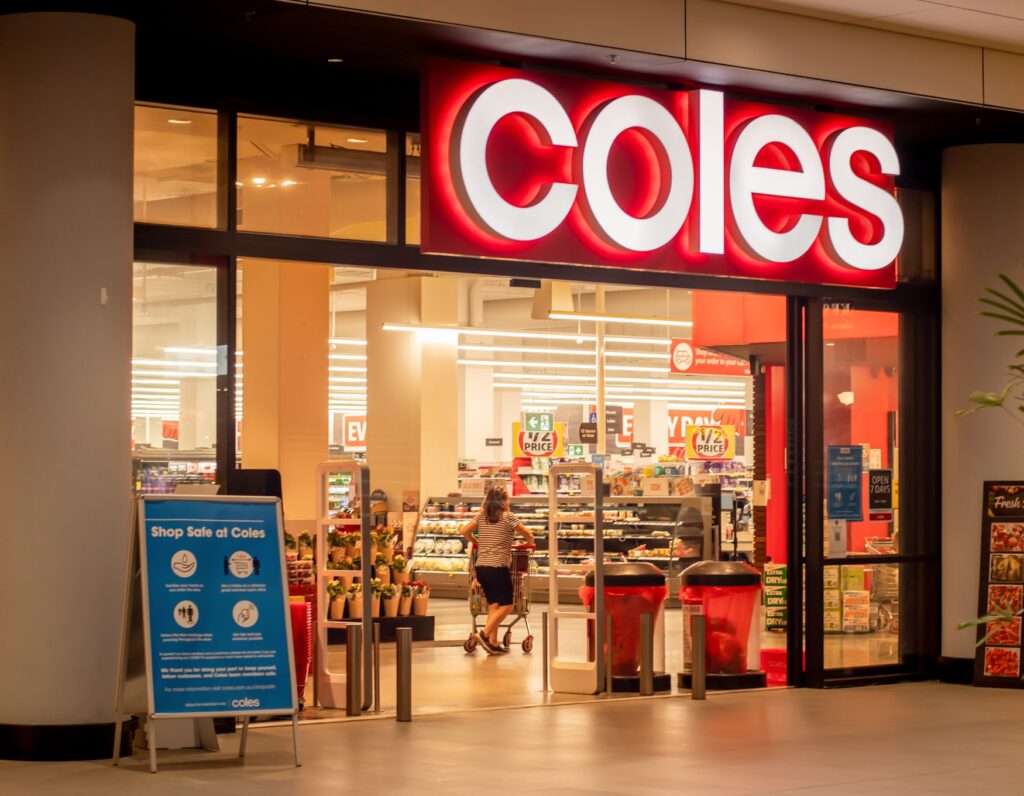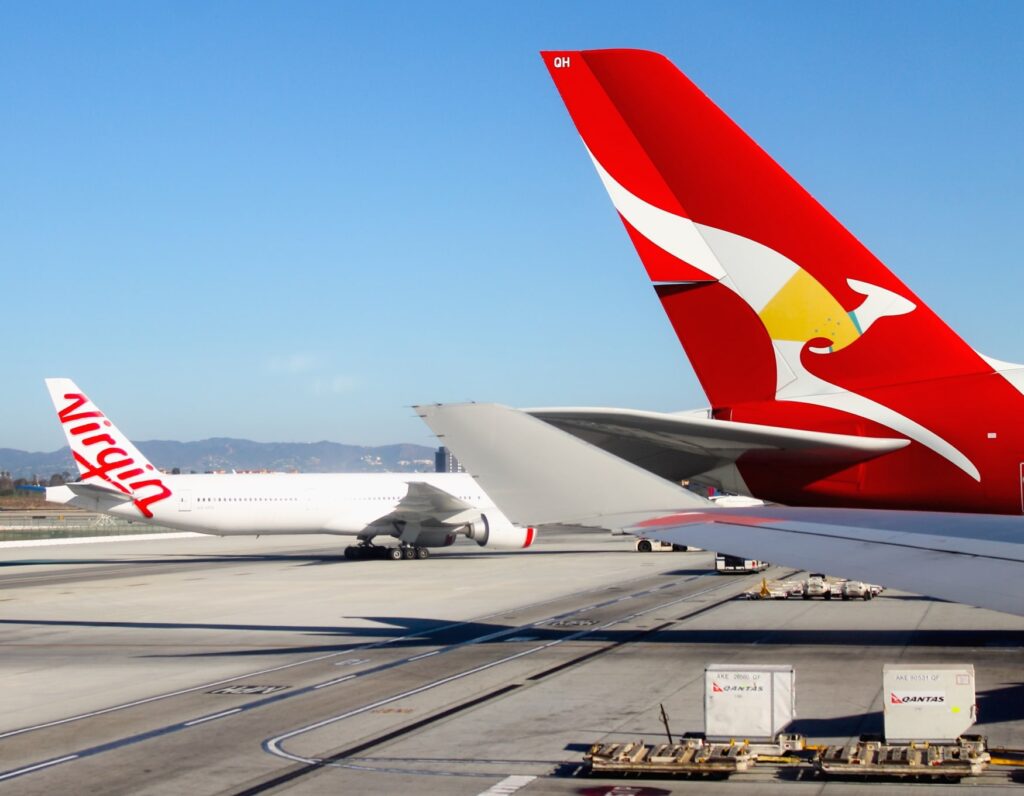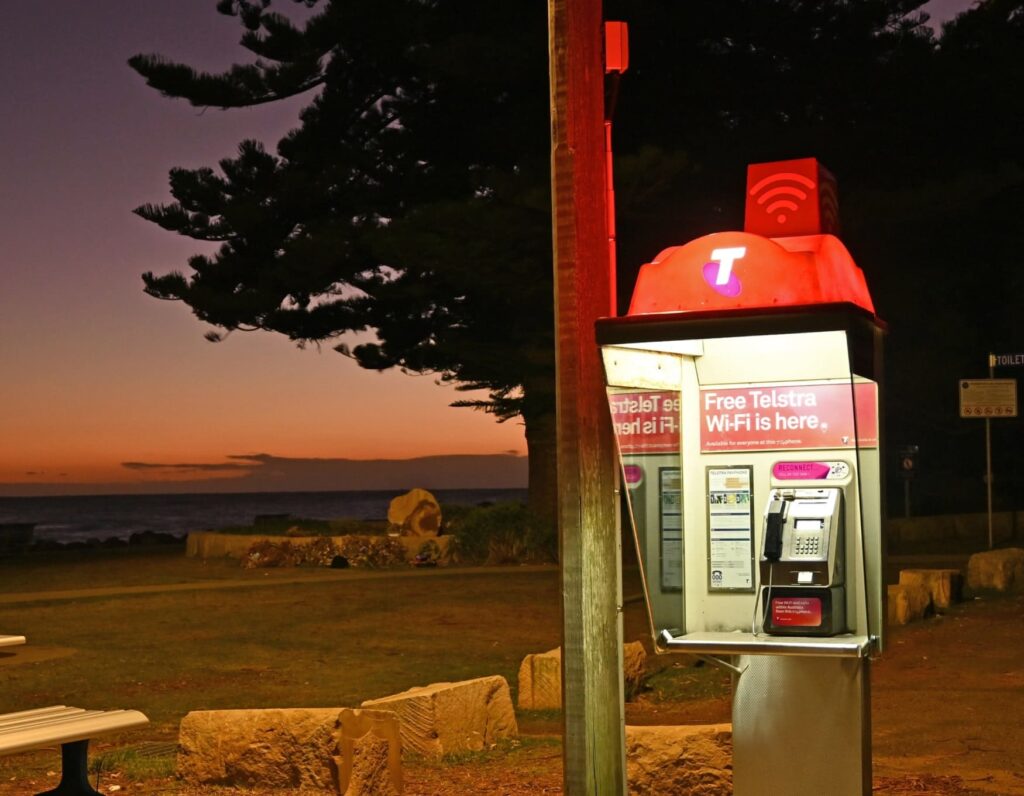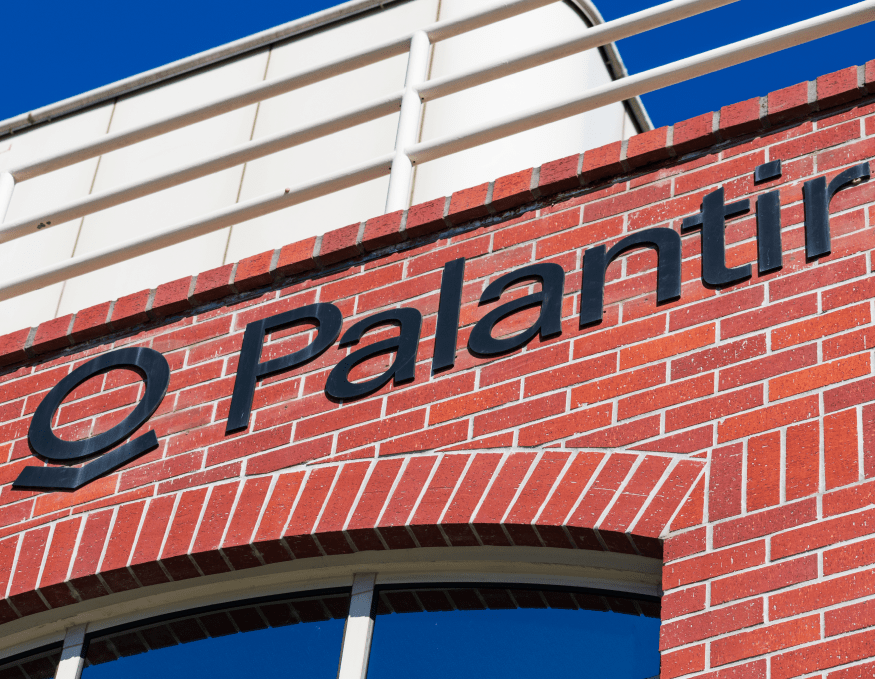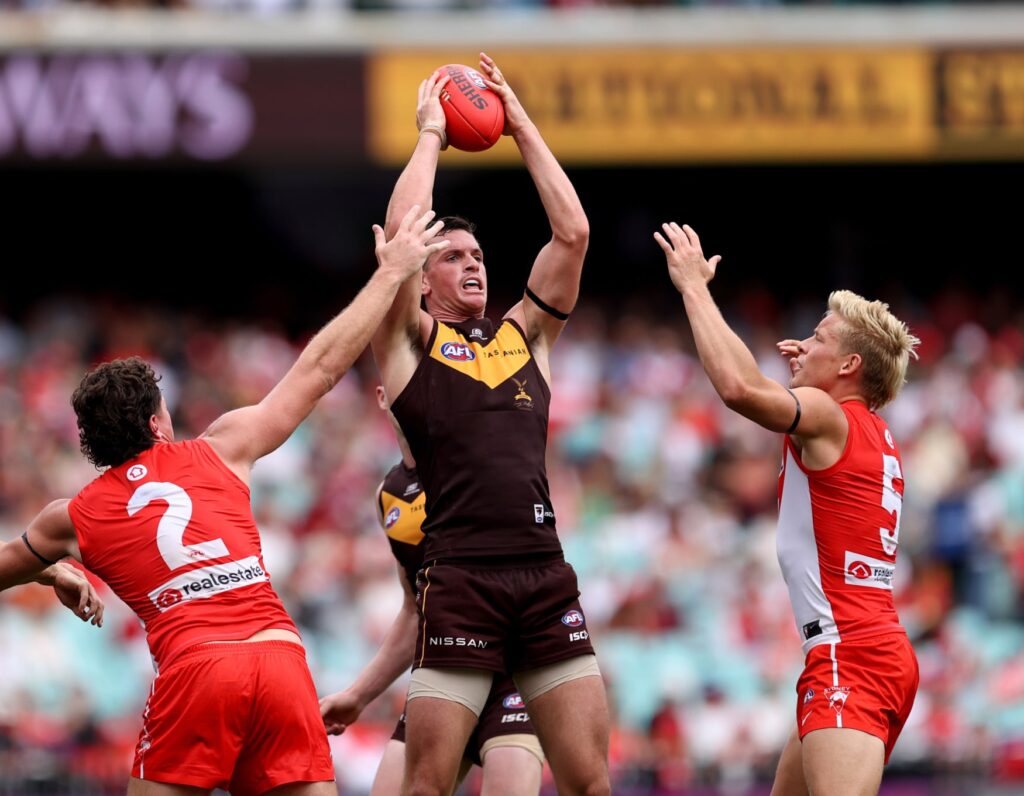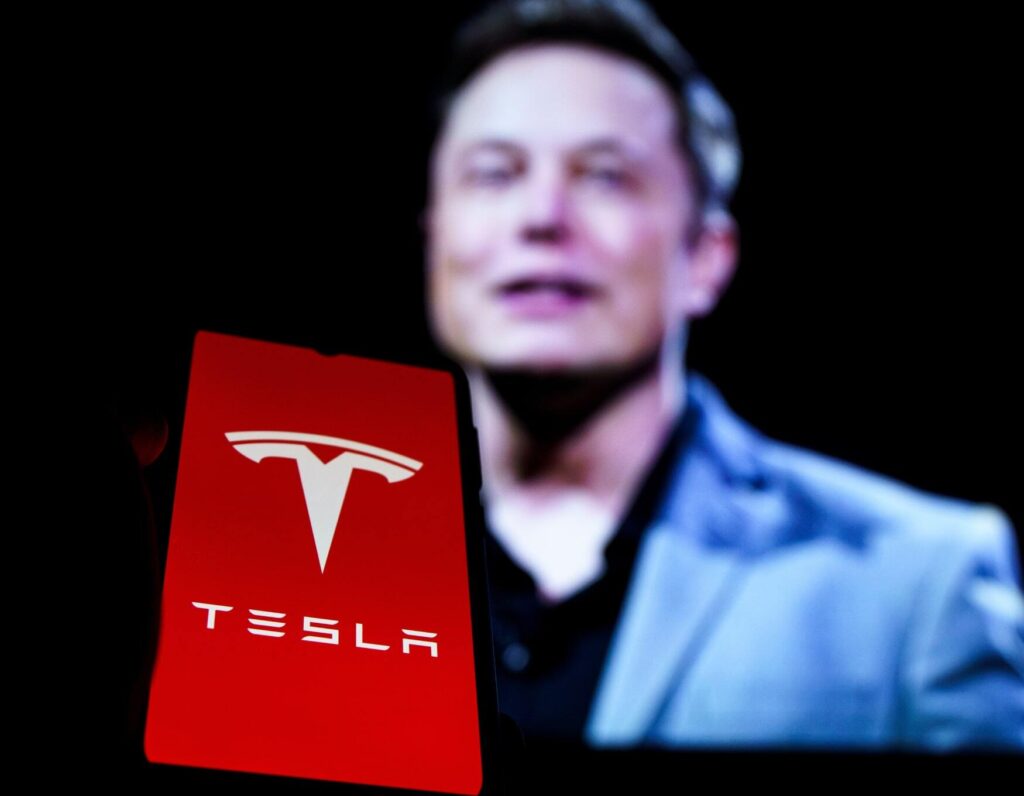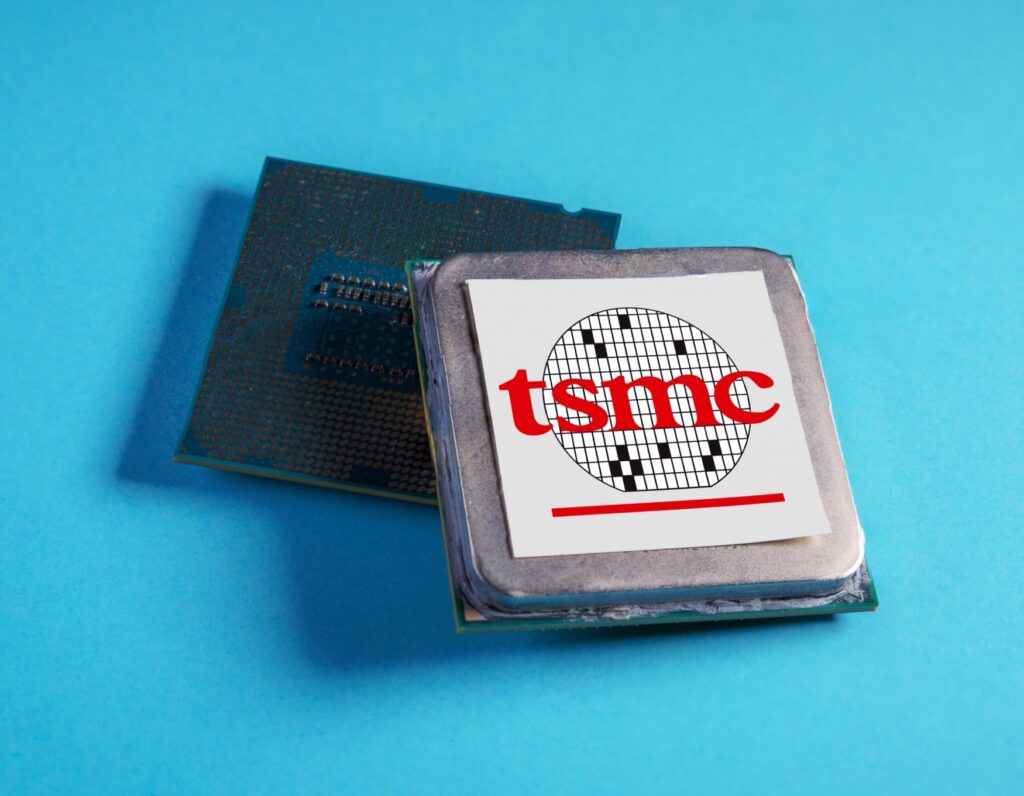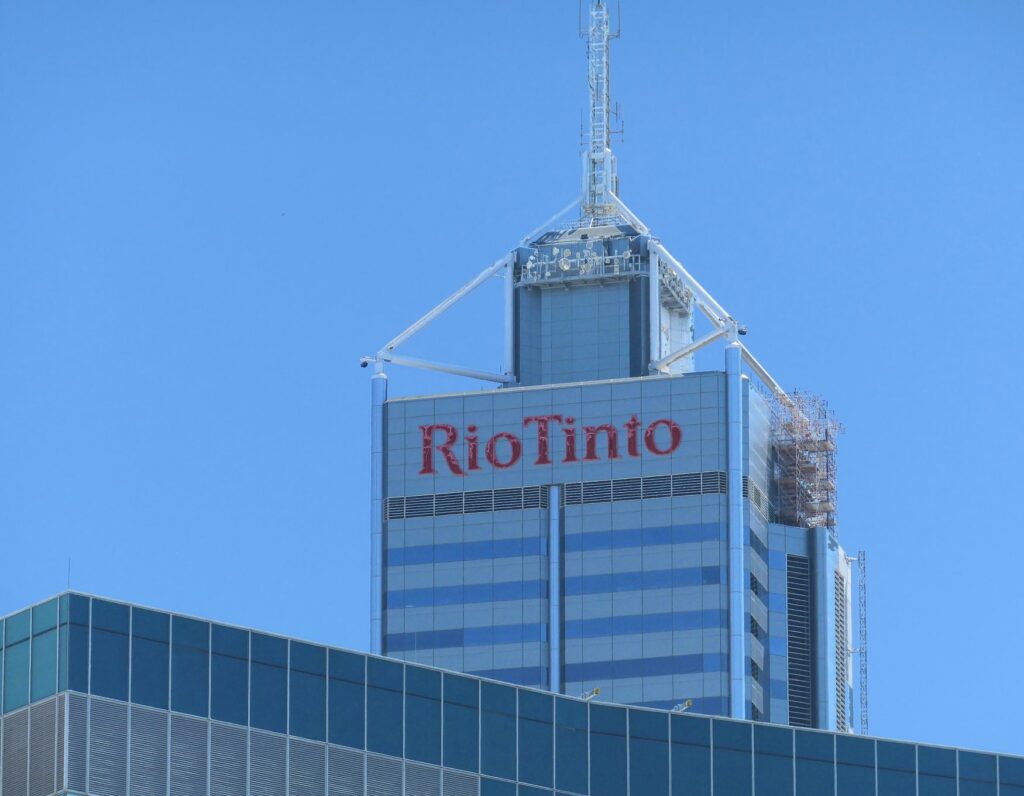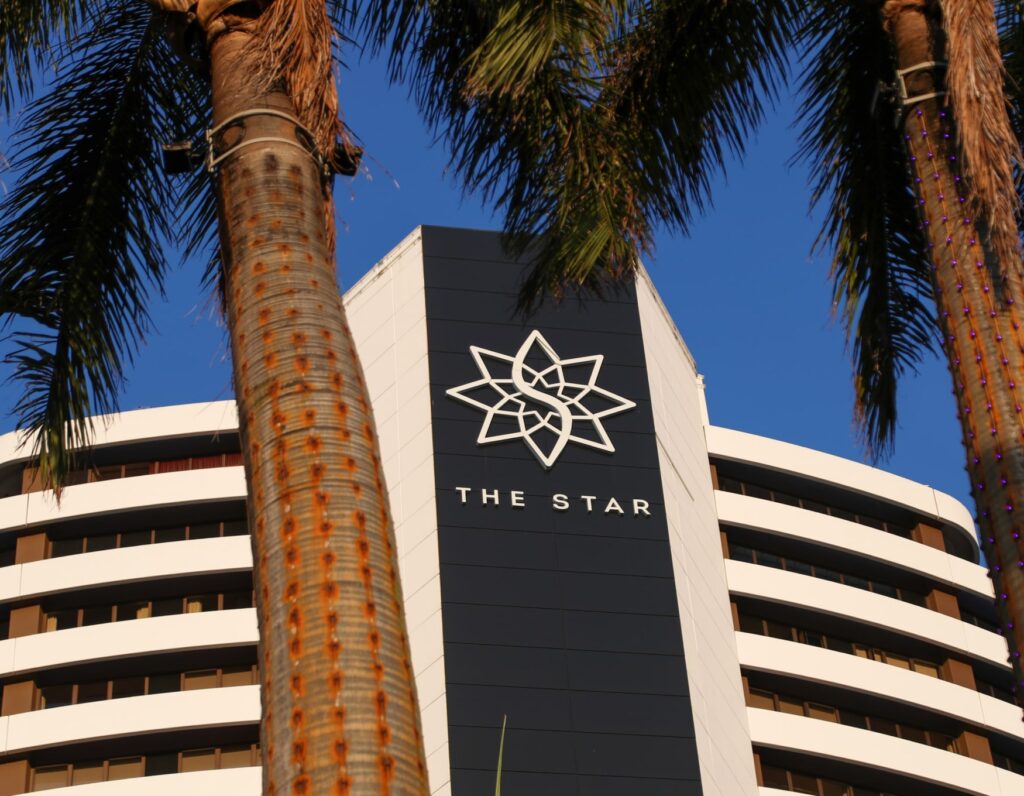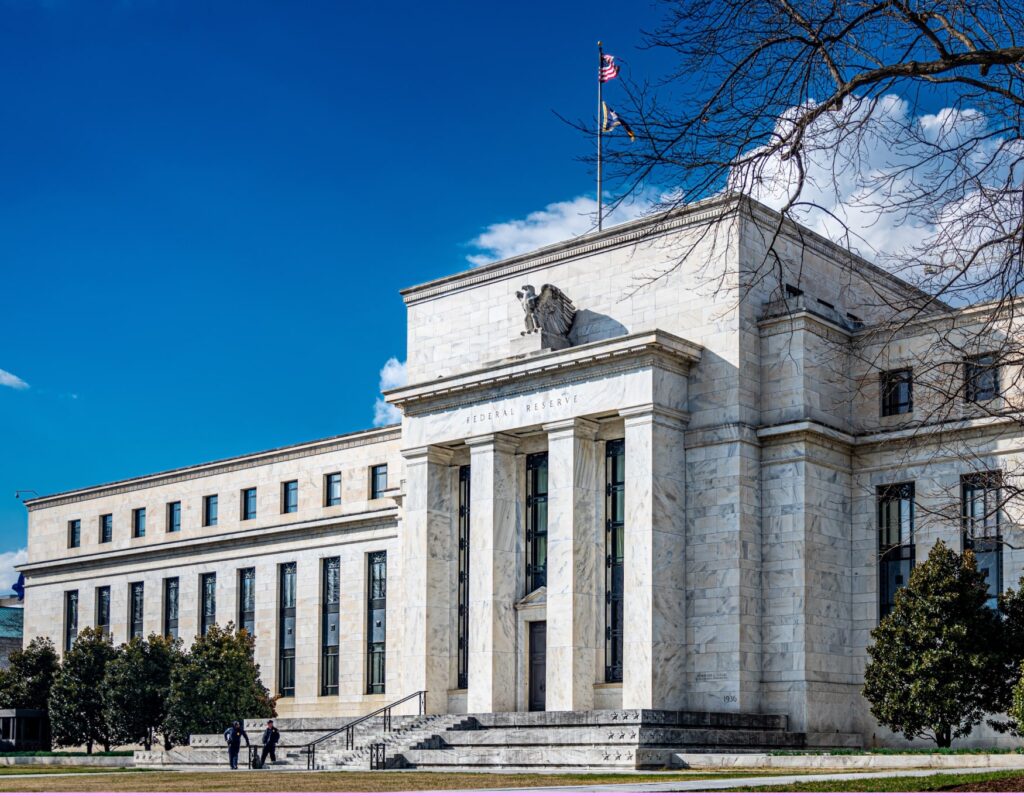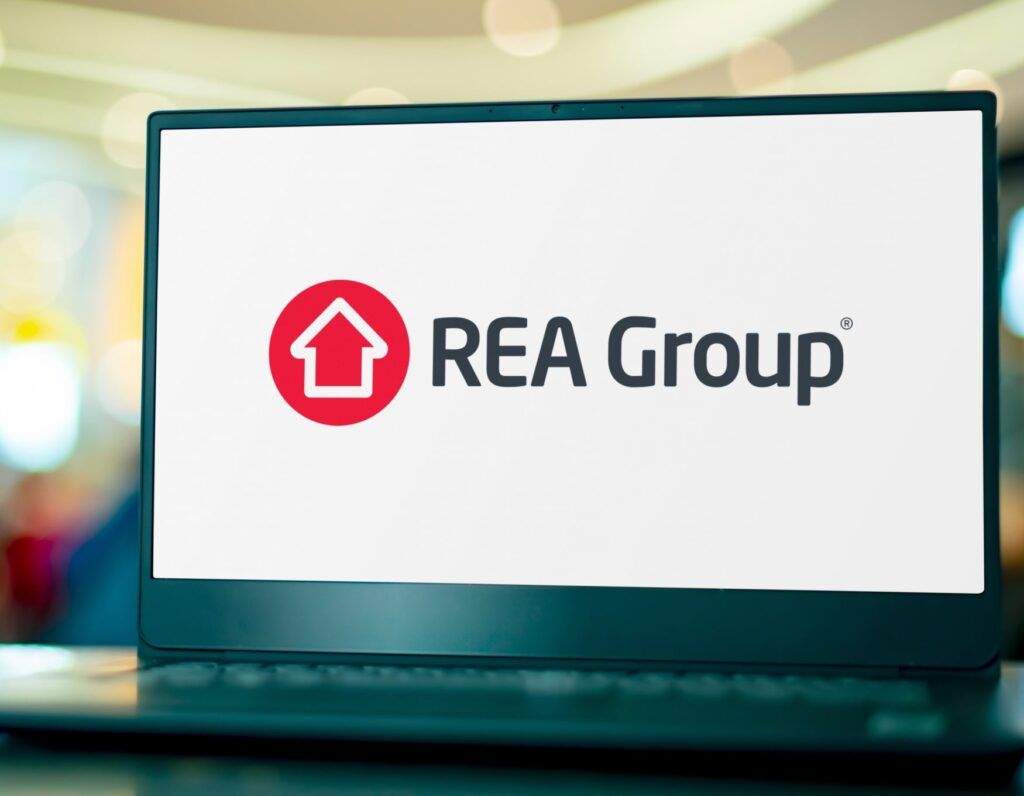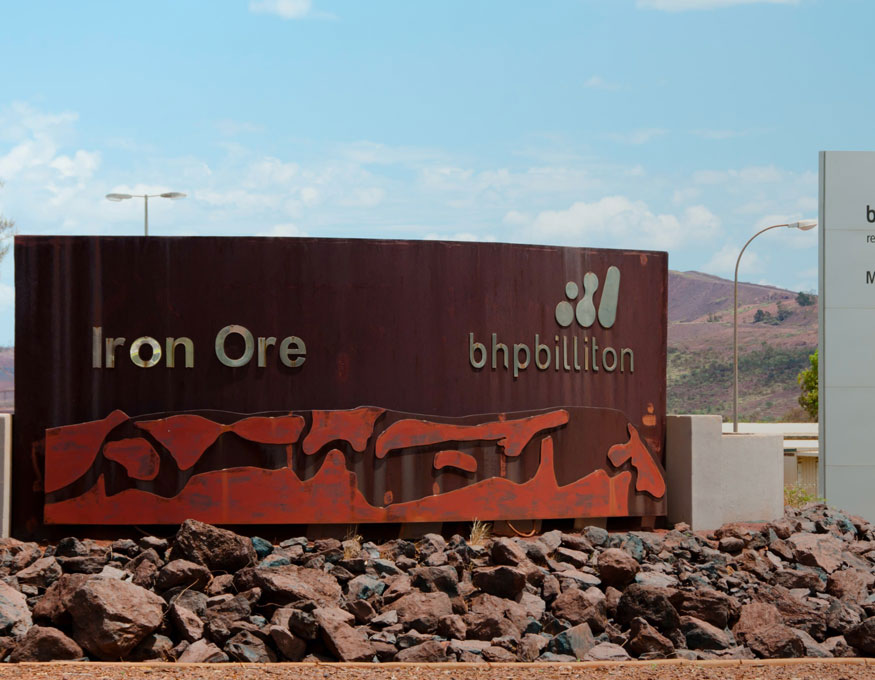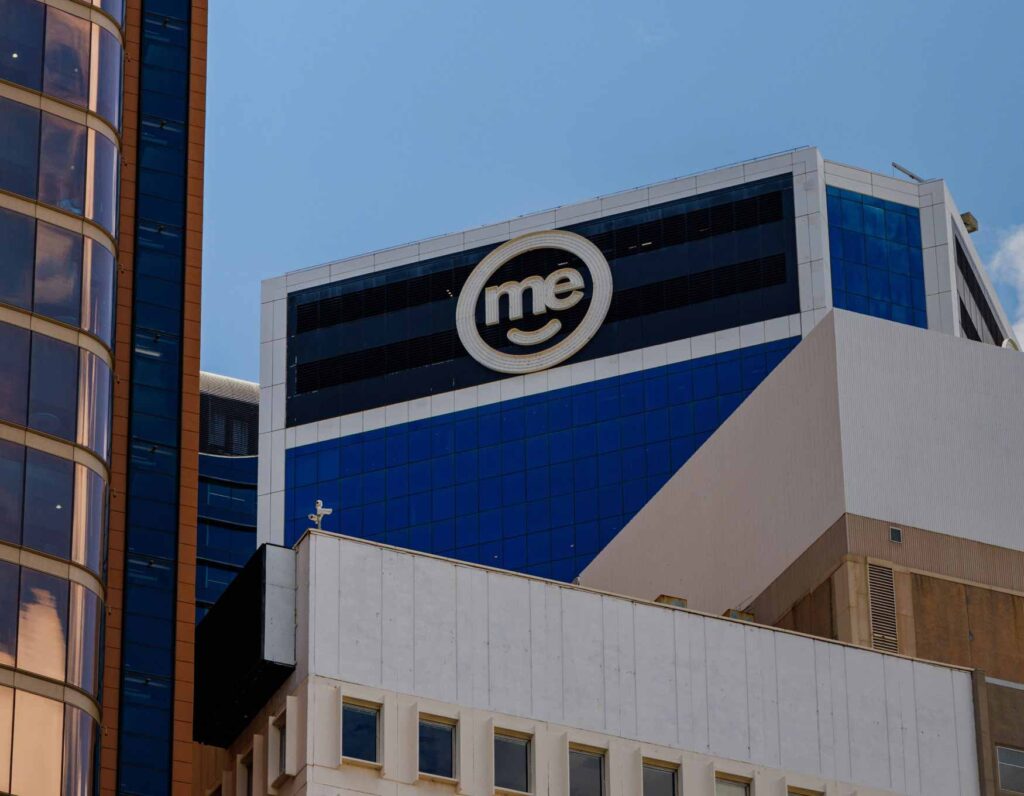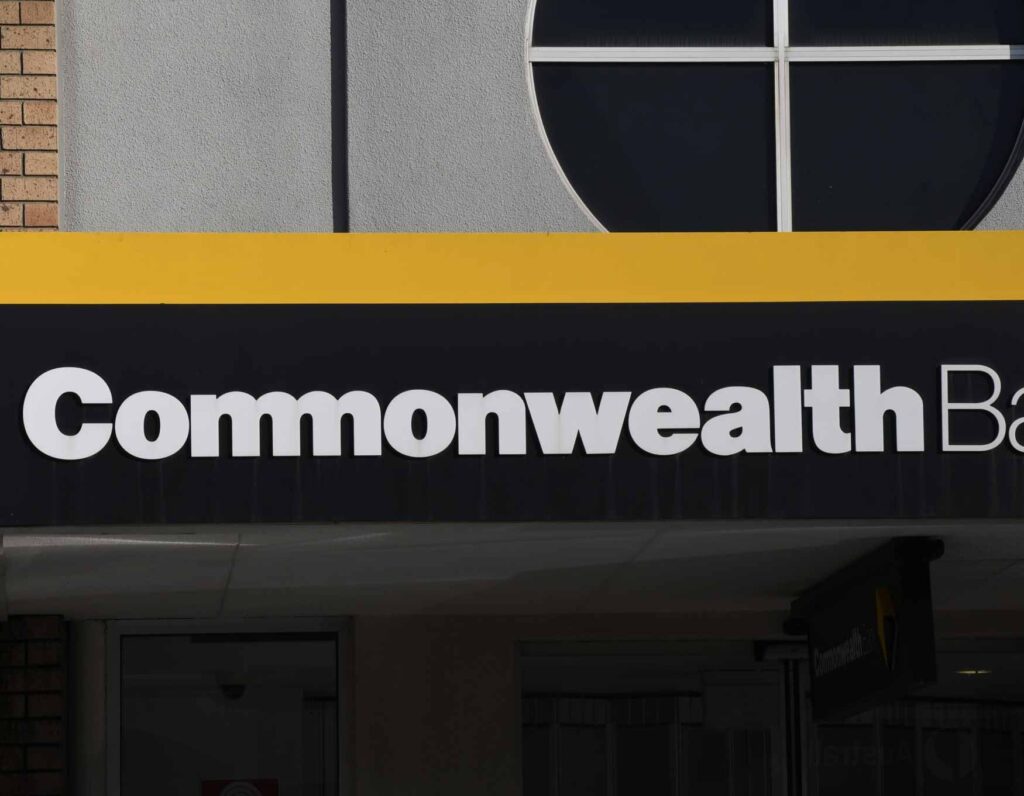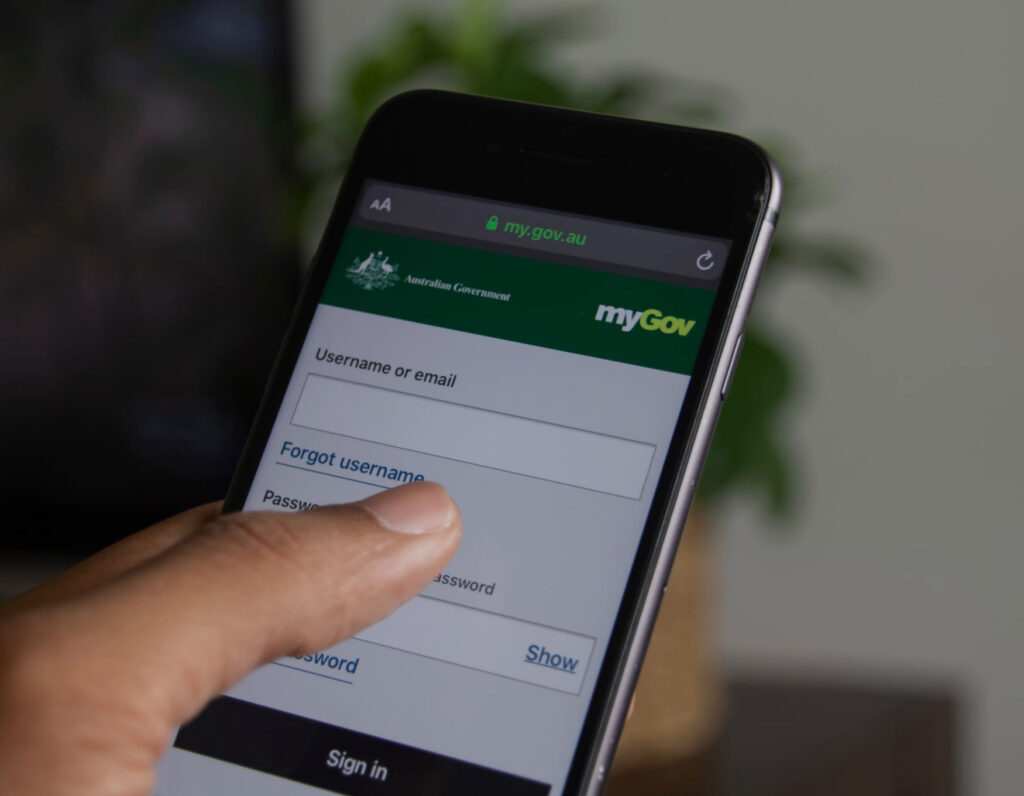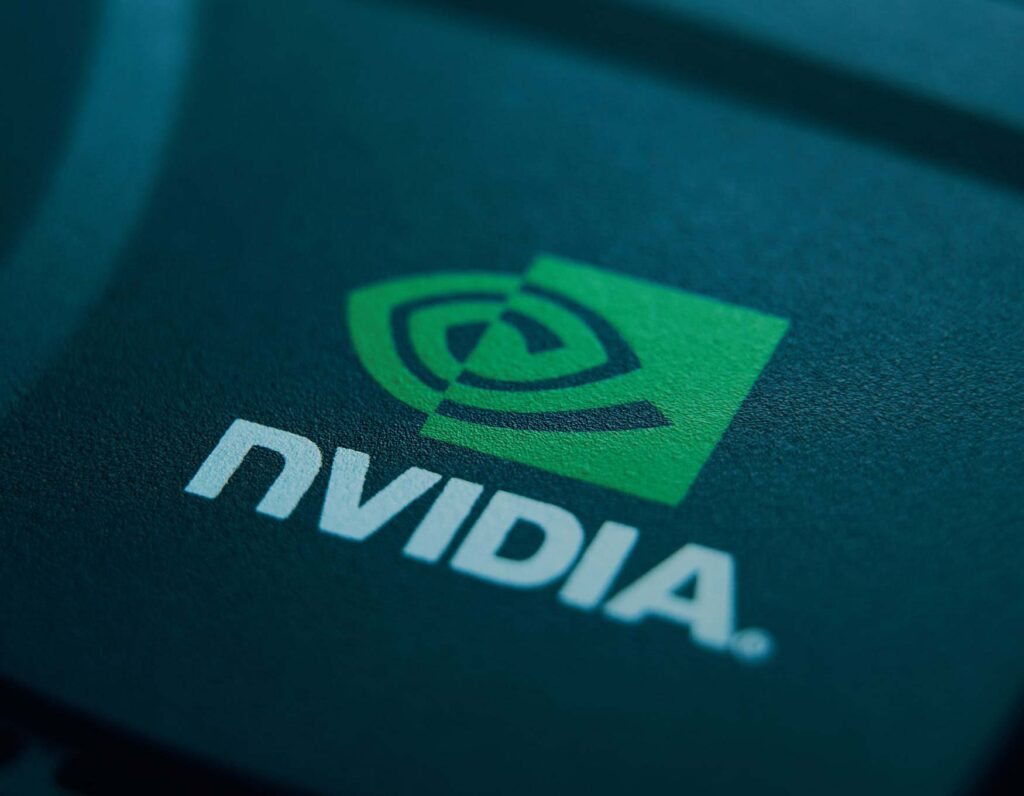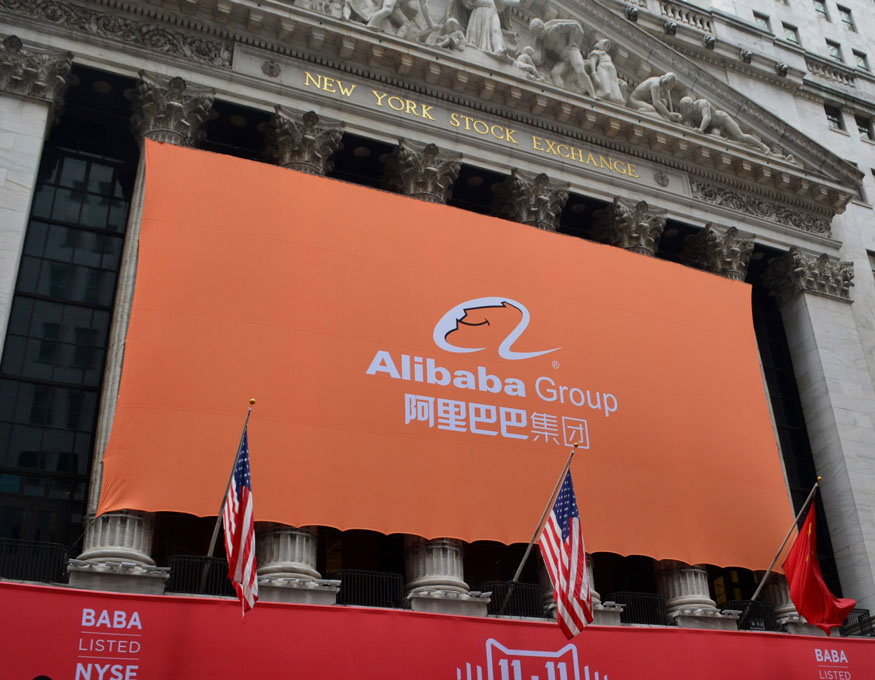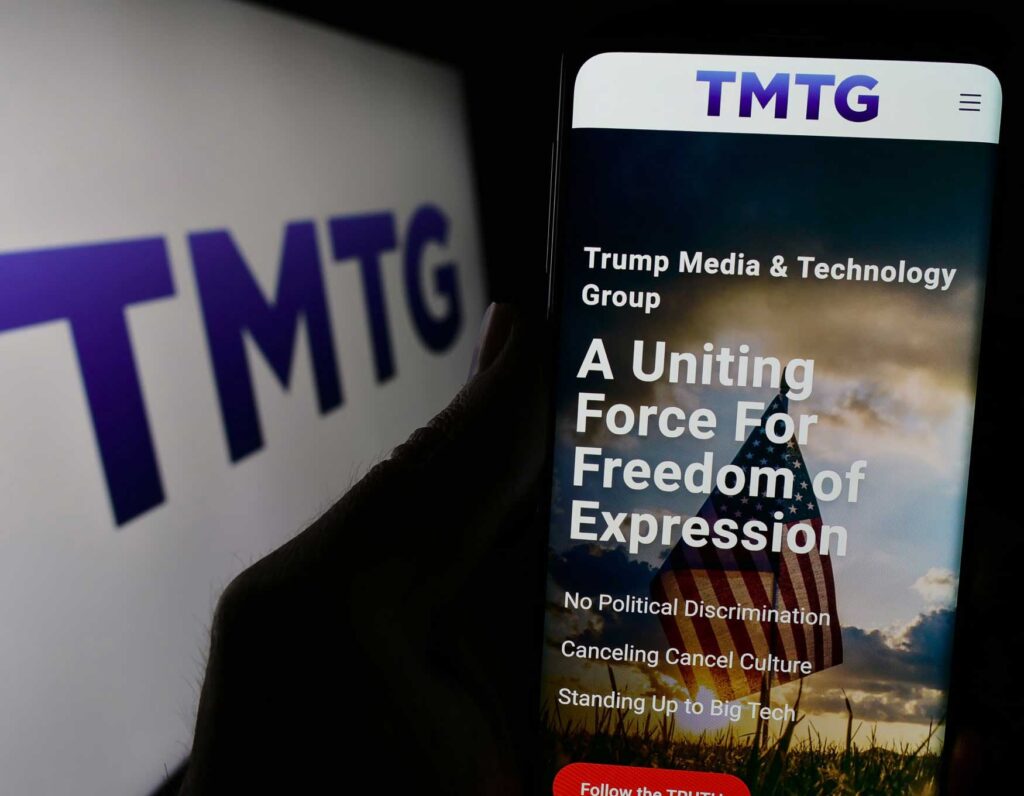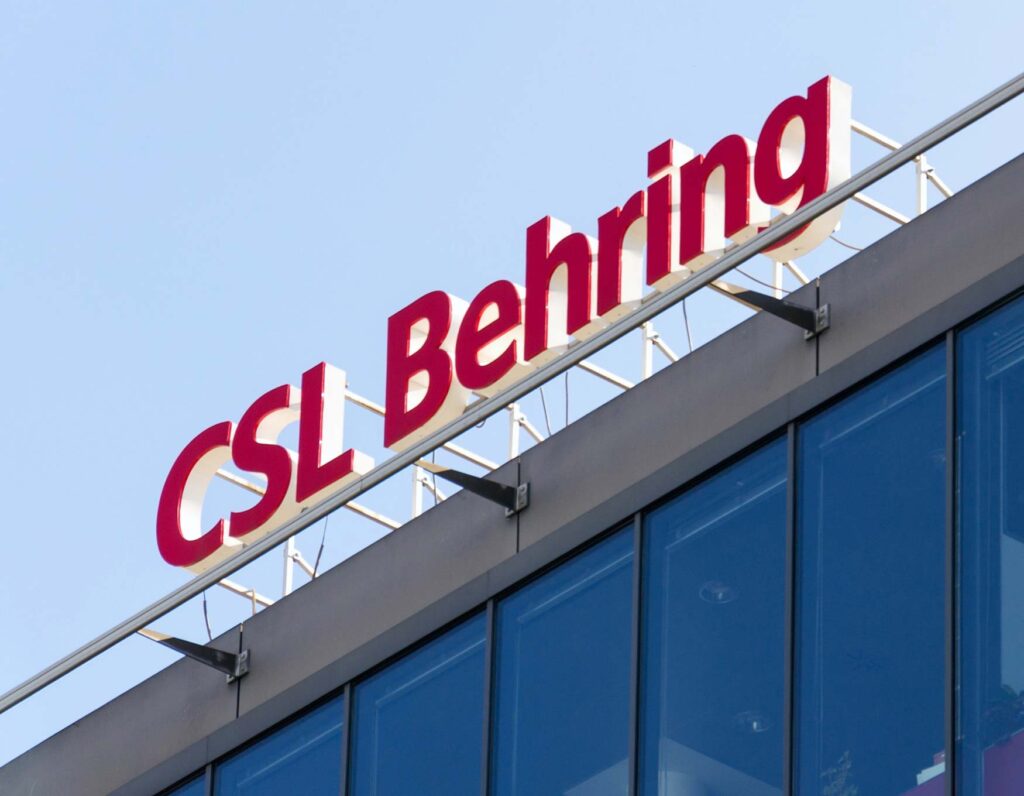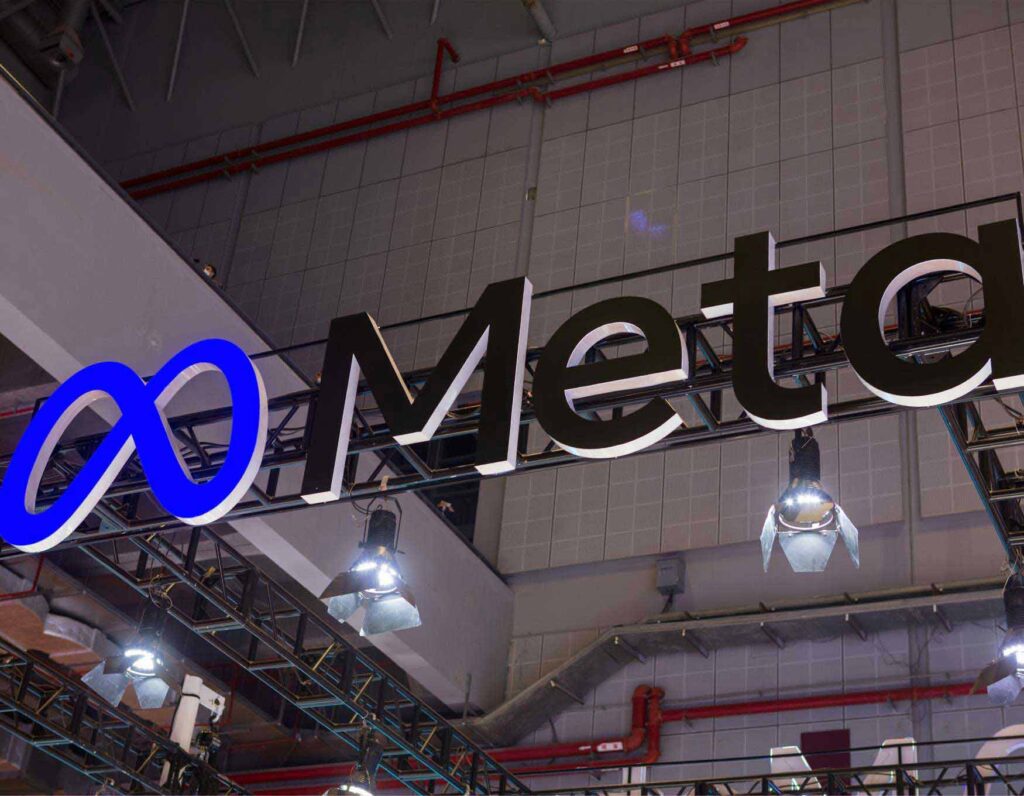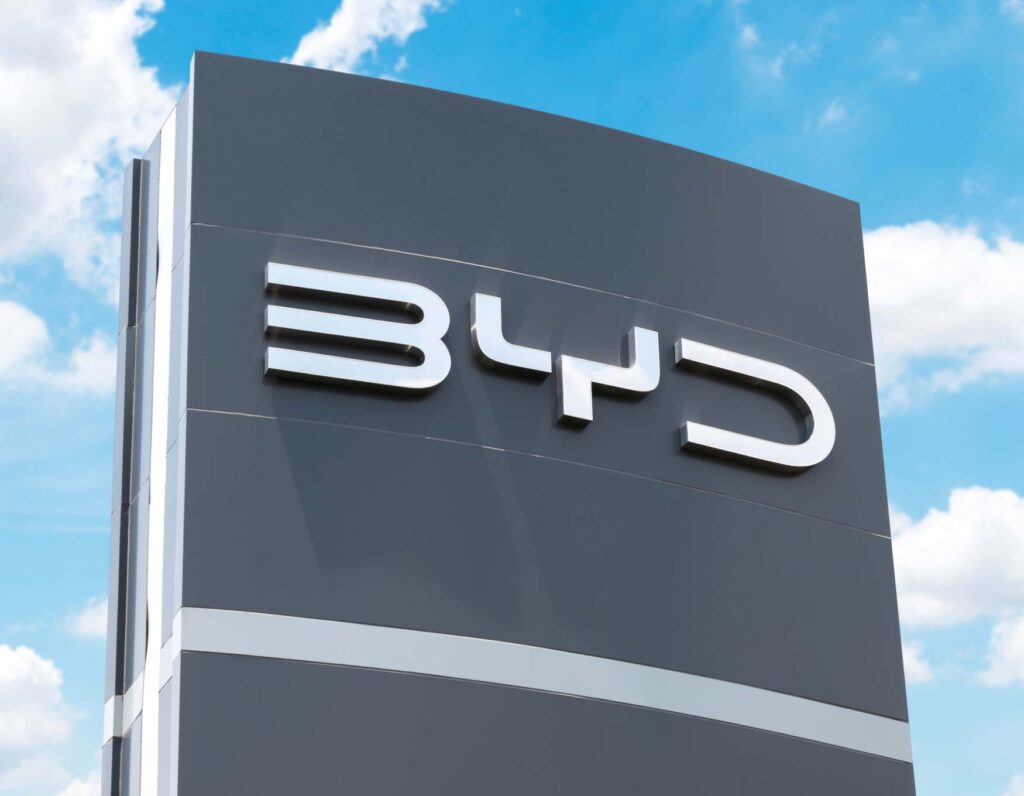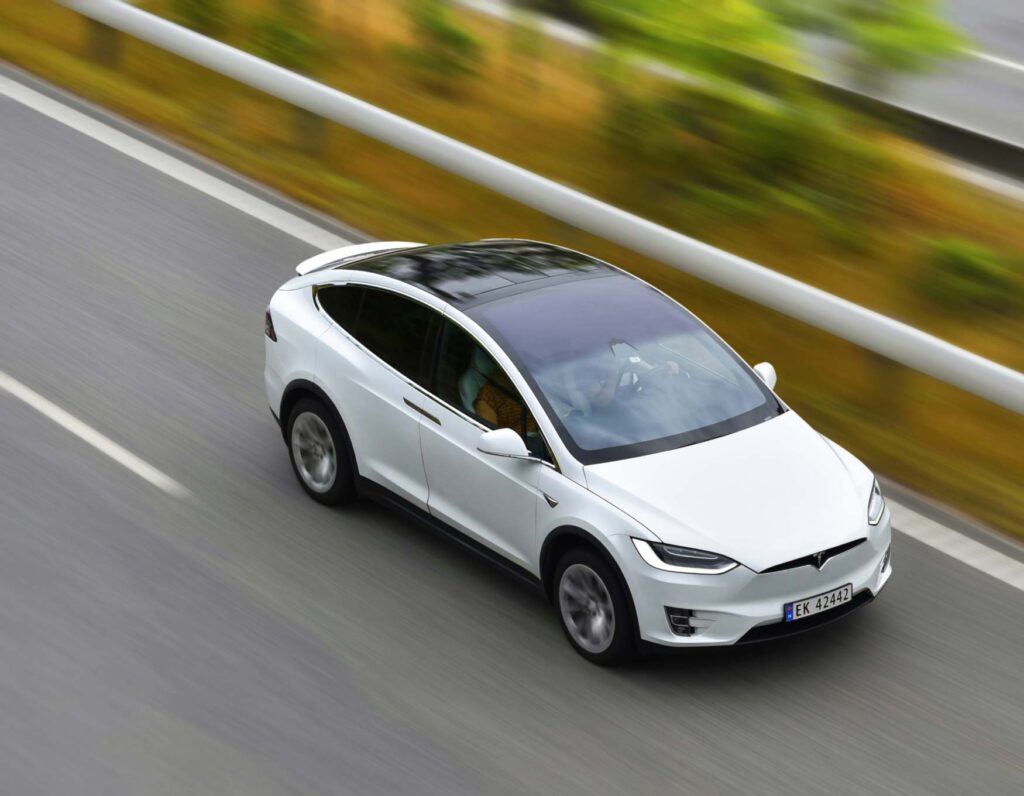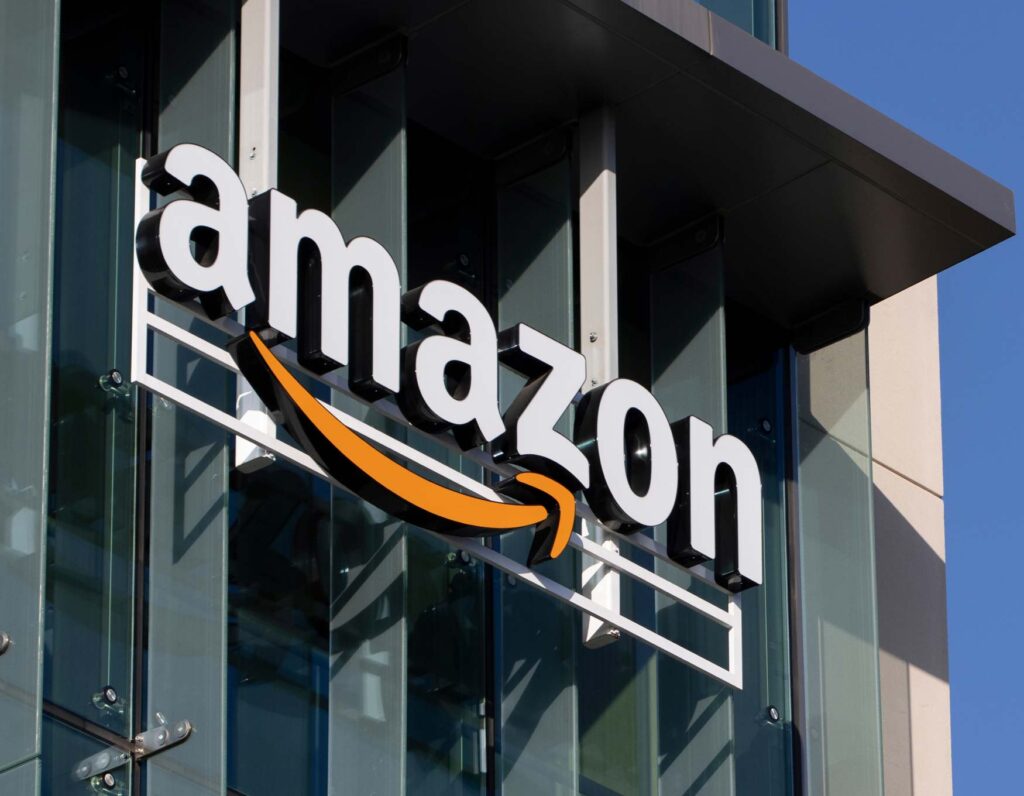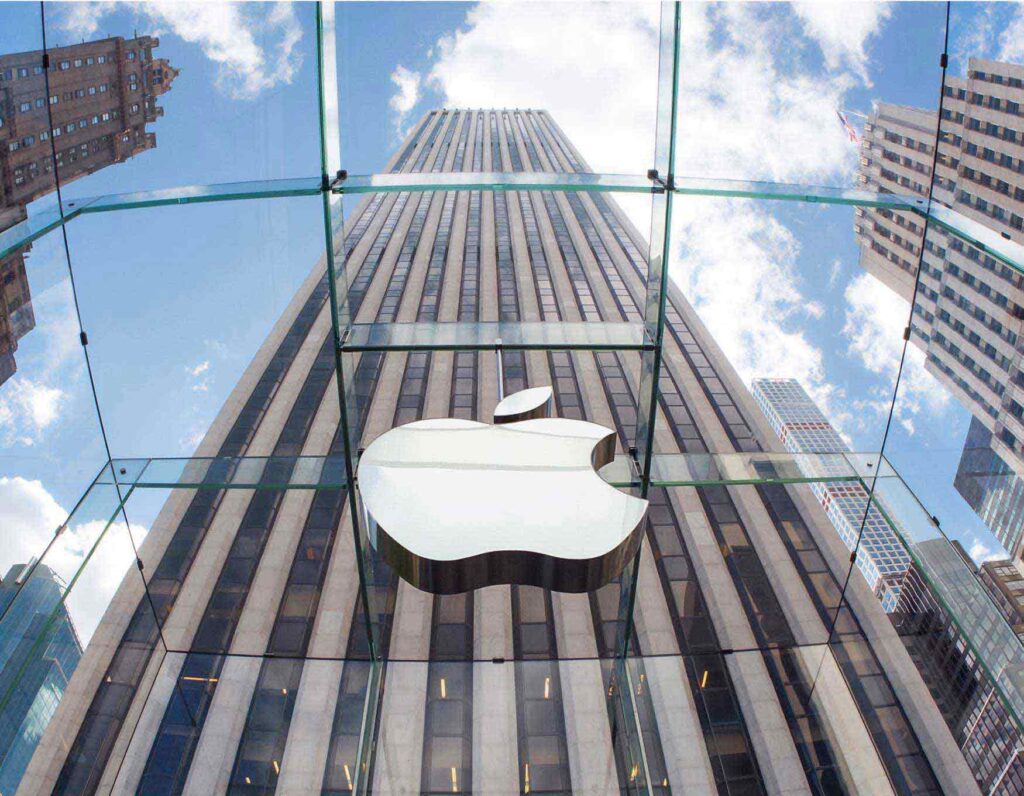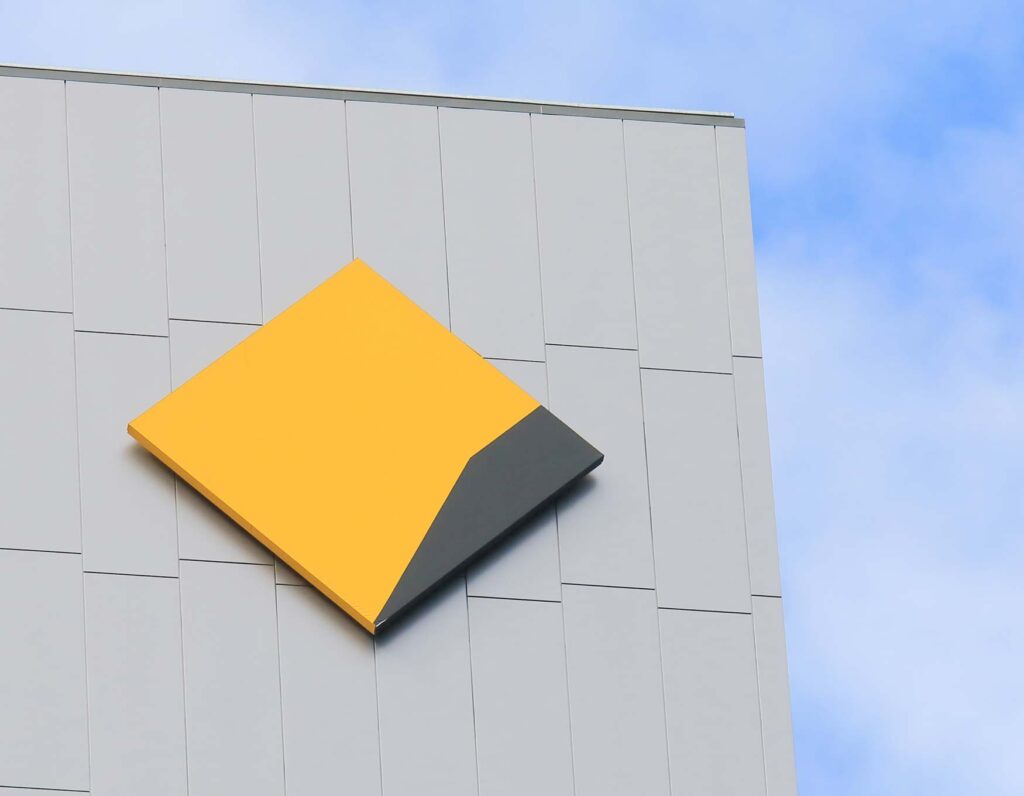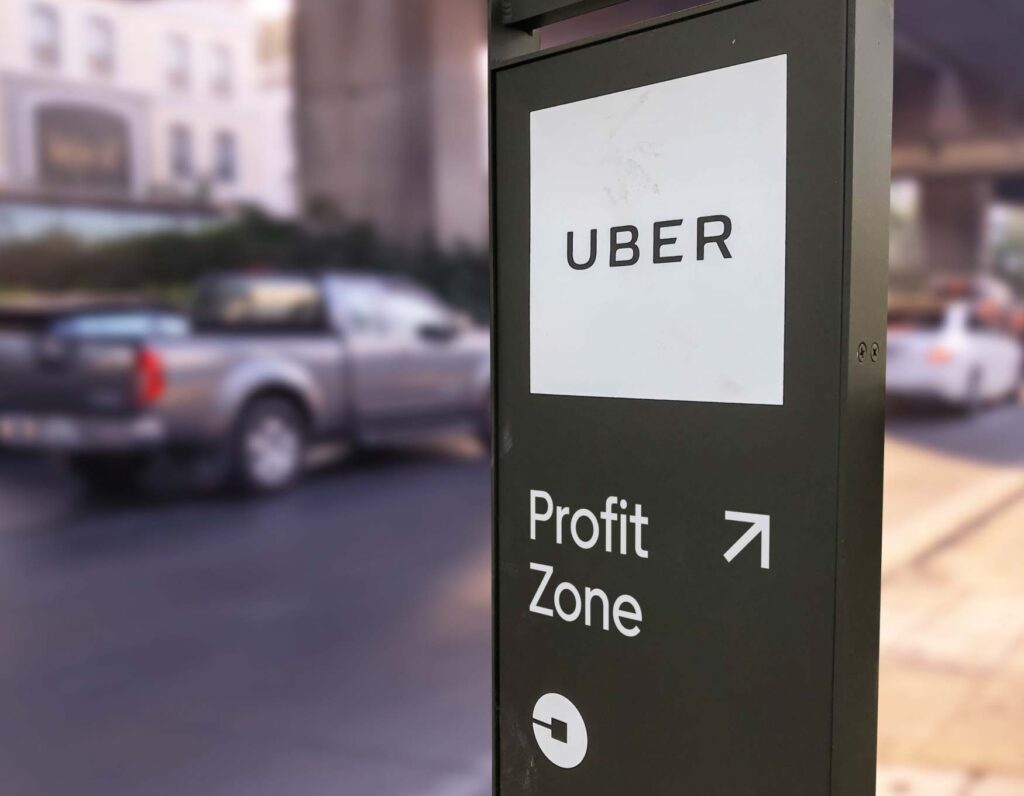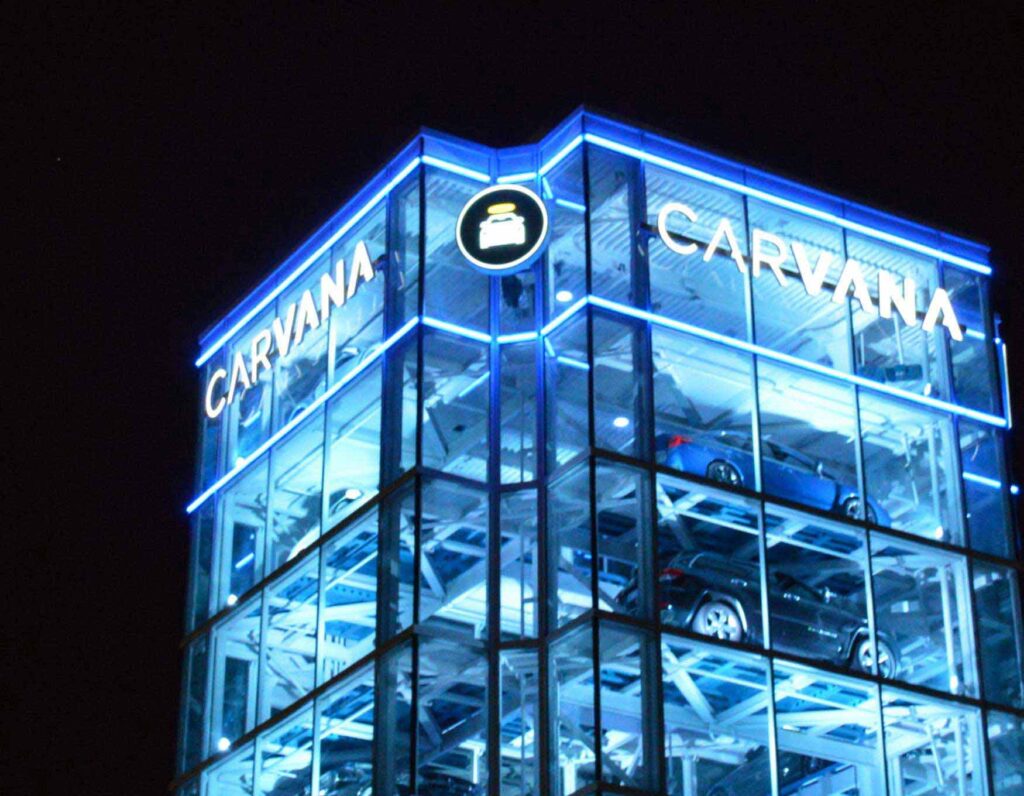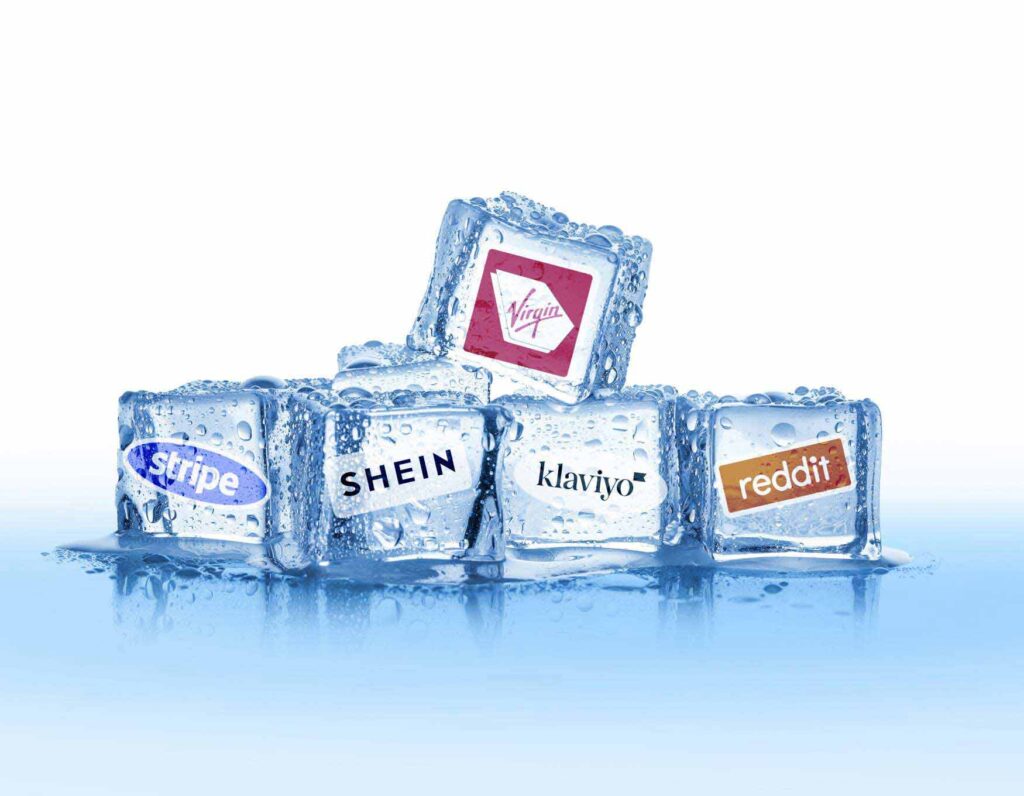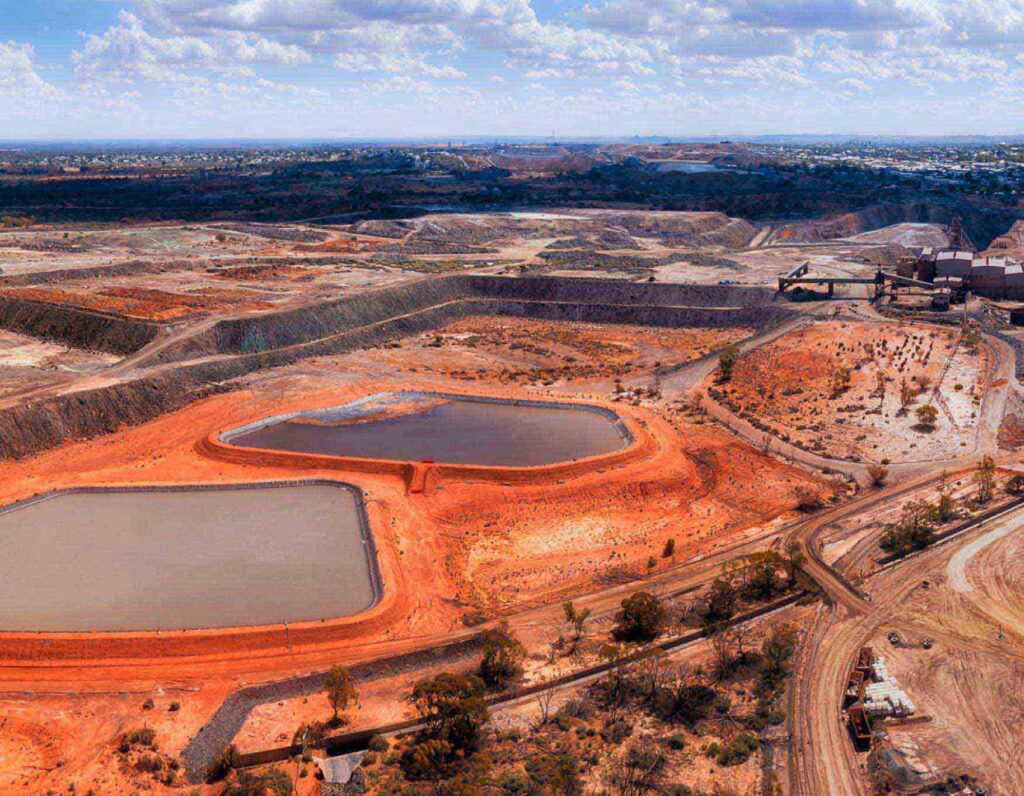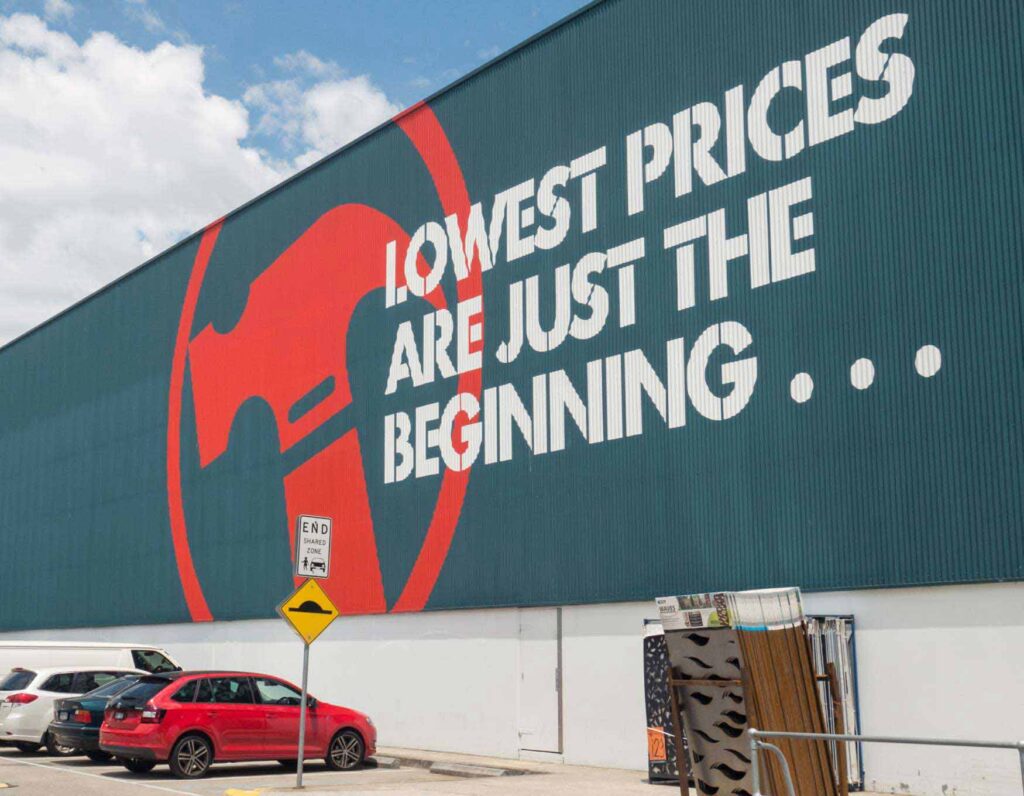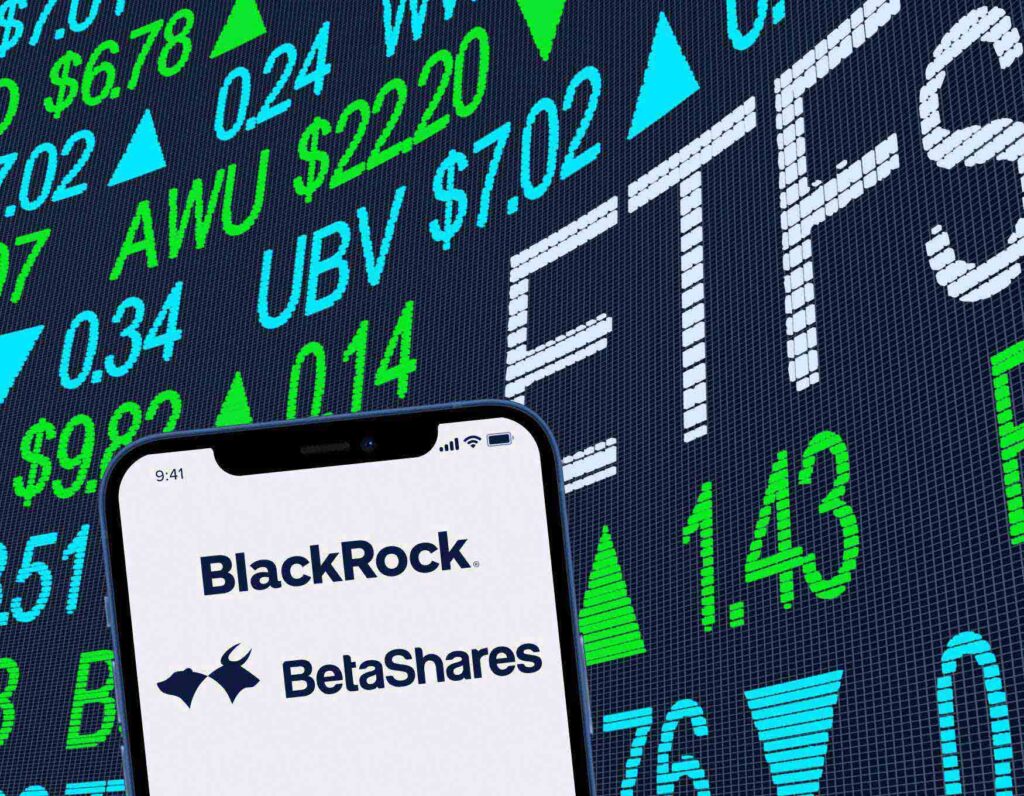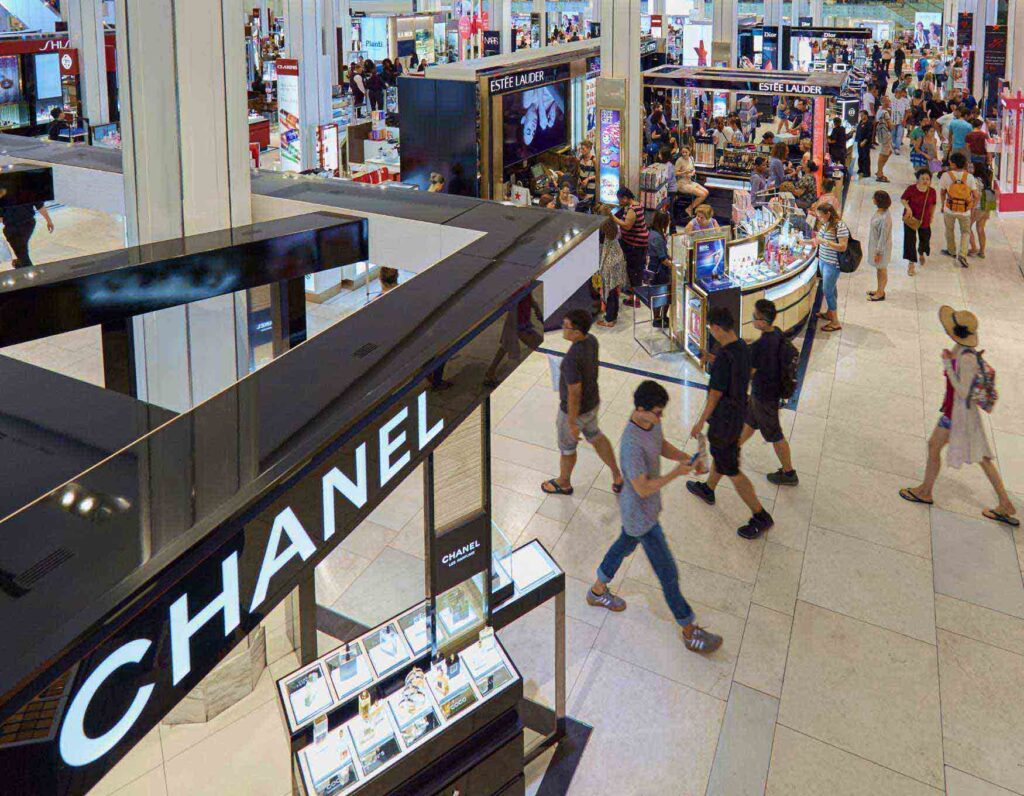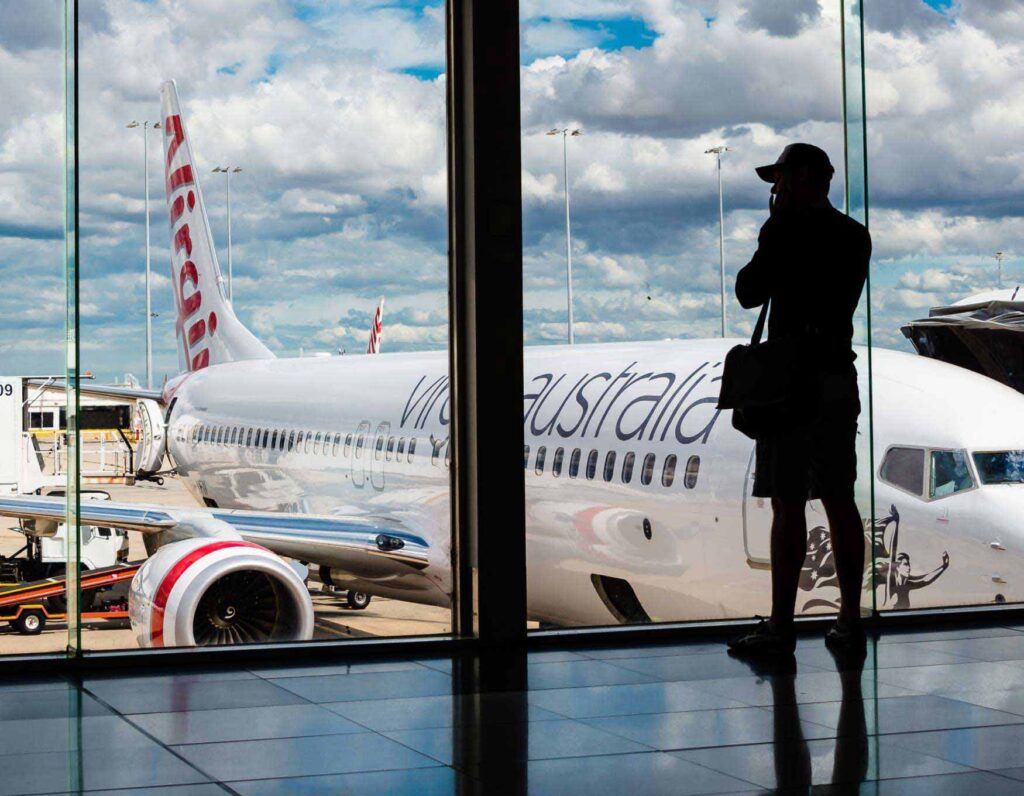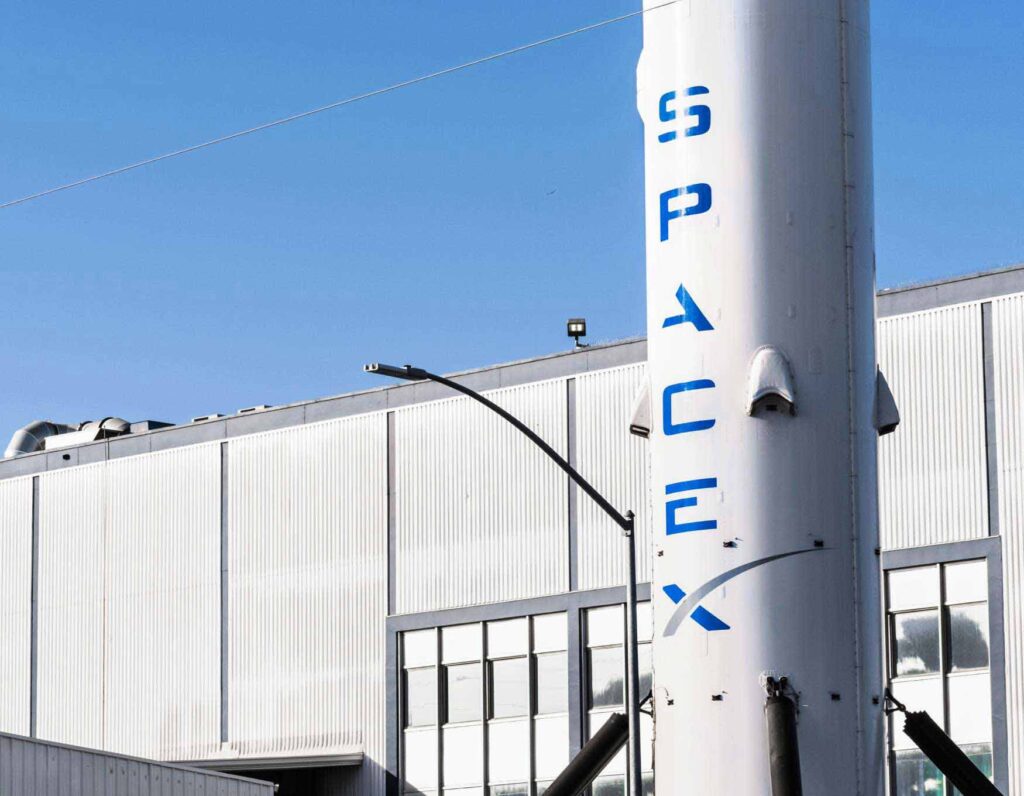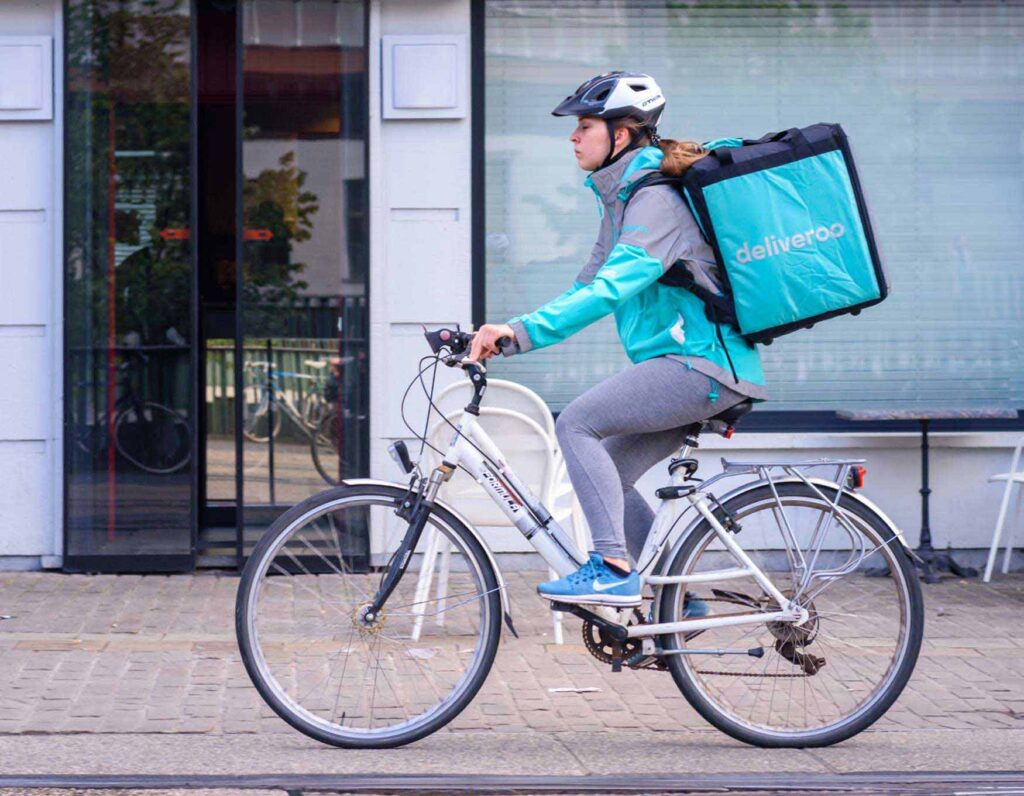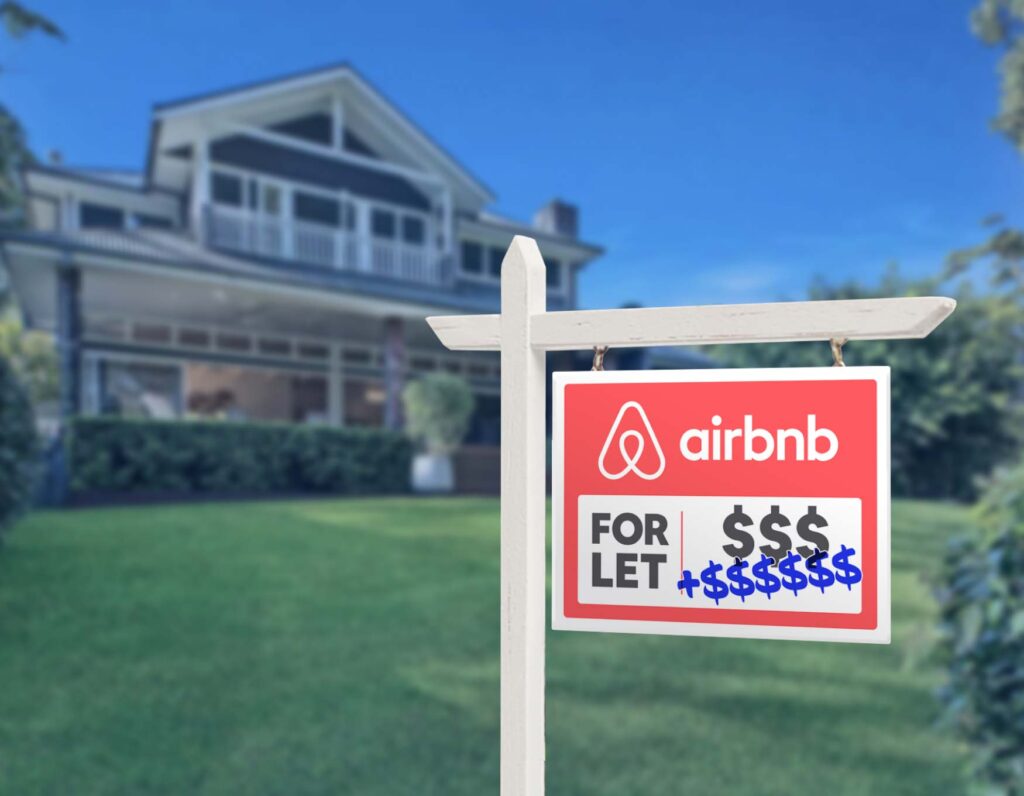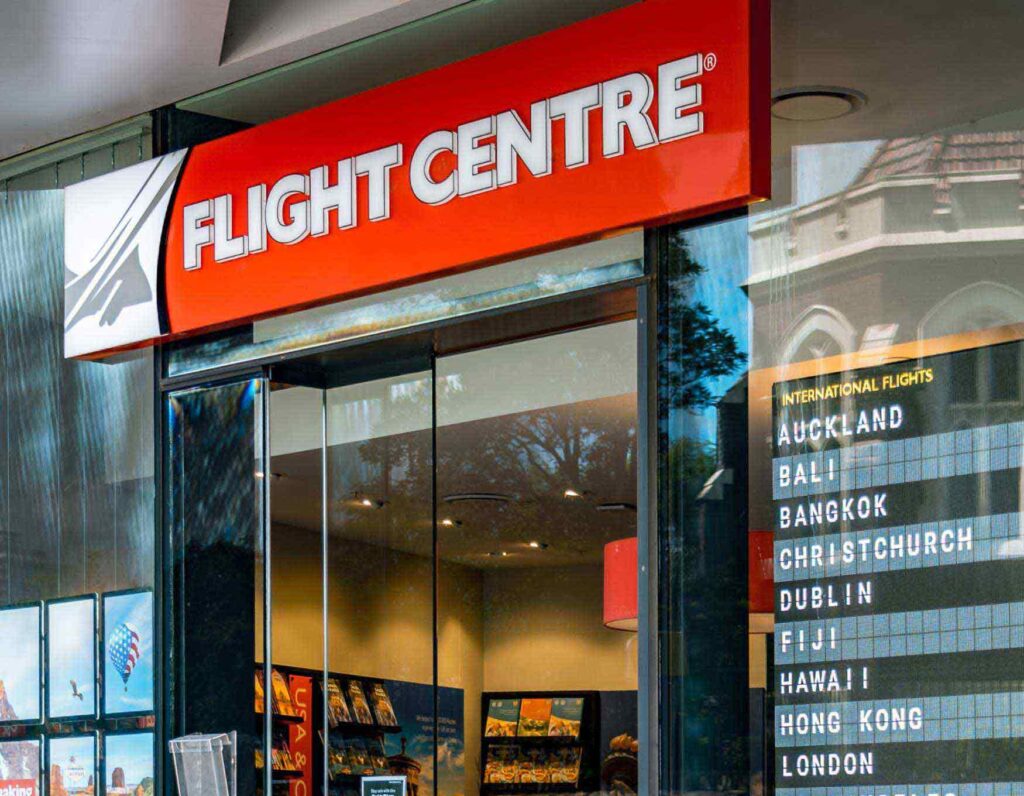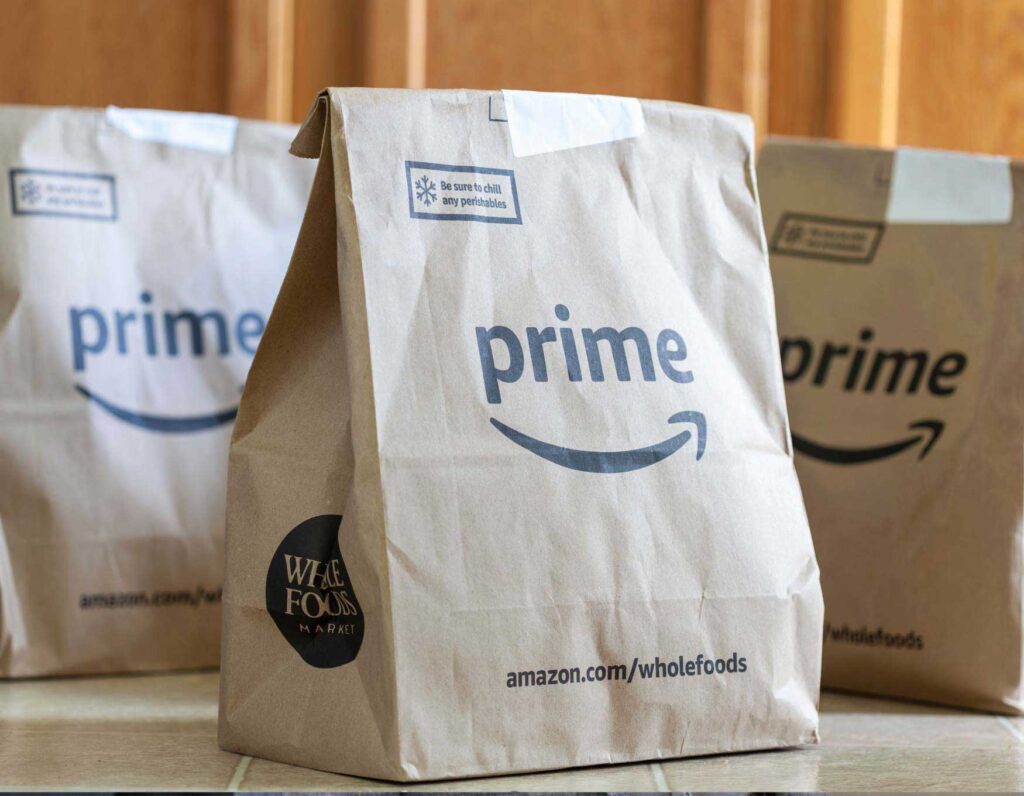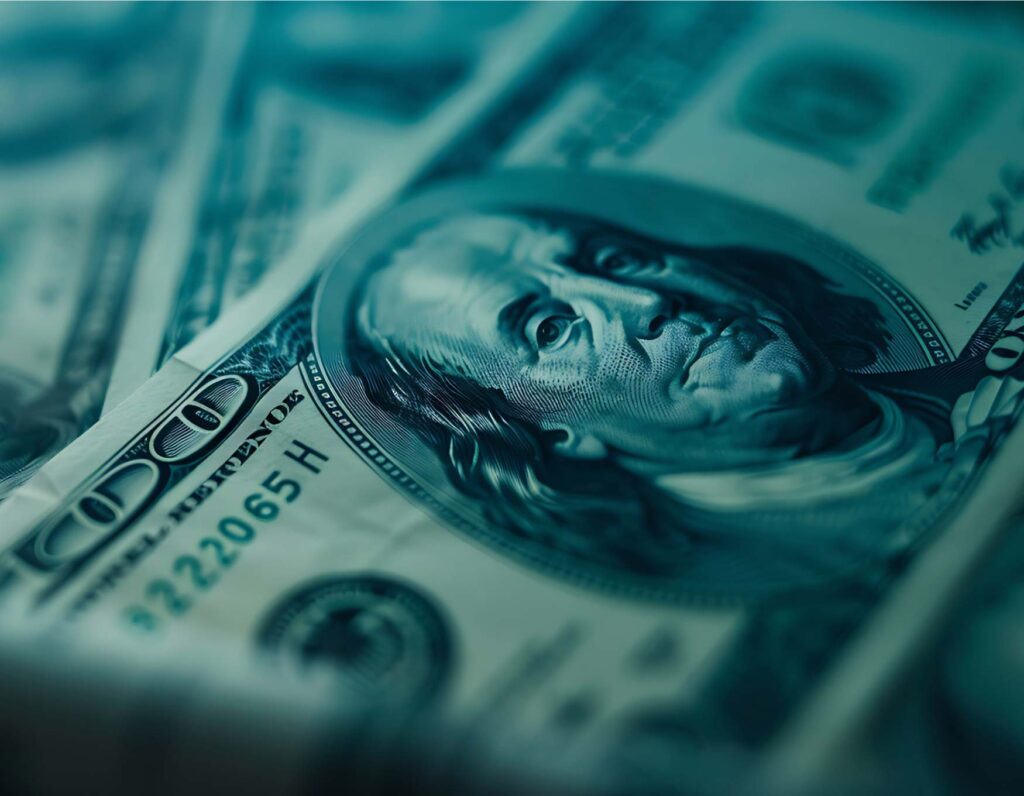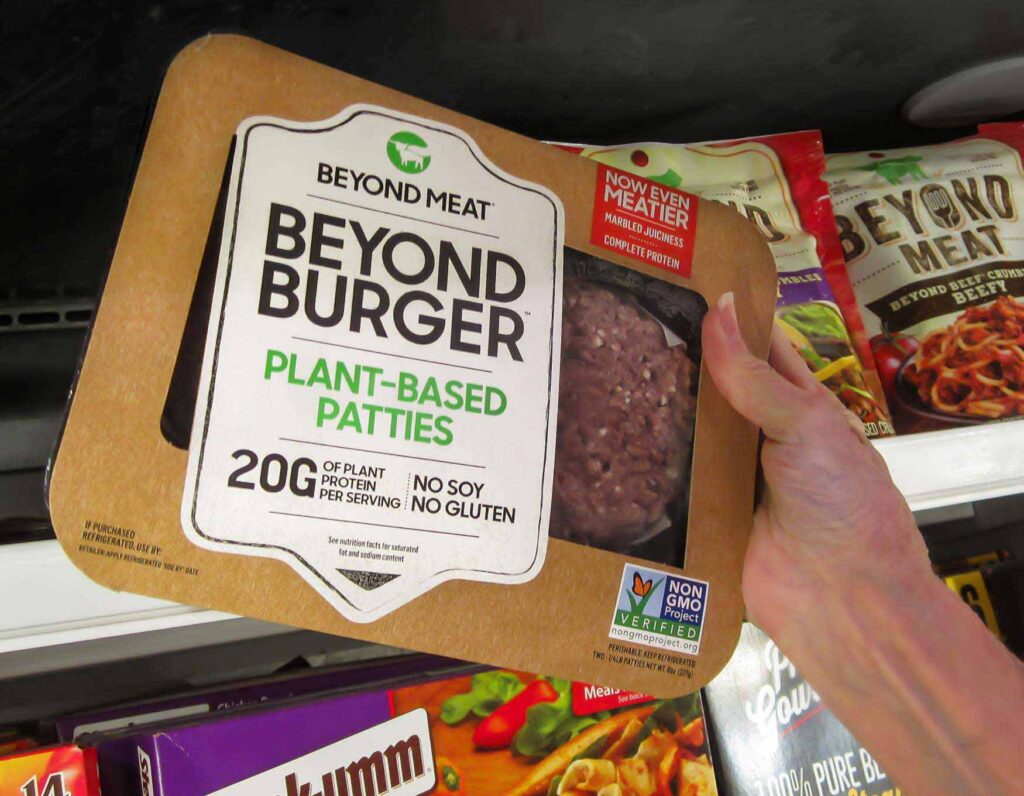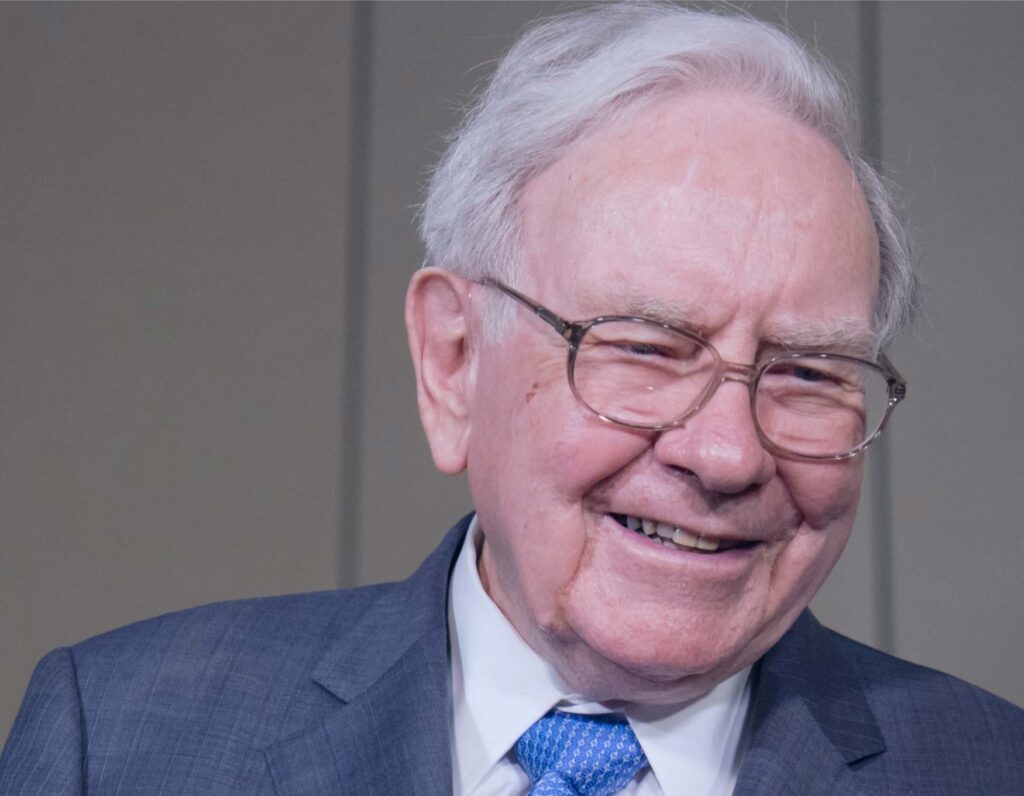Scan this article:
Hey Superheroes,
Markets this week have been riding a wave of volatility driven by global policy moves.
Over in the U.S., Trump’s fresh round of auto tariffs set to begin next week have put pressure on automakers and industrials.
Meanwhile in Australia, the two major political parties – Labor and the Liberal-National Coalition – have started preparing for the upcoming May election, outlining their respective economic policies and budget priorities.
Let’s dive into this week’s biggest stories.
Australia’s Budget 2025: What Investors Need to Know
Labor’s 2025-2026 Federal Budget landed this Tuesday with a bunch of future promises prior to a Federal election.
Delivered with a strong emphasis on household relief, this year’s budget comes with a promise of future tax cuts – just after a cut down version of stage 3 tax cuts were implemented at the start of this financial year – a ban on foreign home buyers and several others.
On the other hand, the Coalition’s Leader Peter Dutton outlined the opposition’s response to the budget – which has an increased focus on lowering energy costs and building more homes.
What is clear is, both sides are trying to un-break the Aussie dream of homeownership and household cost pressures.
🧠 How the budget works
Before we get into it, here’s a quick breakdown on how the budget works.
The budget sets out where Government money will be spent and saved. The party in government (currently Labor) formally announces this plan, while the opposition (in this case the Coalition) usually responds with their own ideas and alternative priorities.
Don’t count your tax savings yet though. If Labor wins the upcoming election, their planned budget will still need to pass parliament to become reality. If the Coalition wins, their budget measures would be put up for parliamentary approval.
With that in mind, let’s have a look at both.
✂️ Labor = Focus on cost-of-living relief
If re-elected, the Labor party plans to implement further tax relief targeting middle-income earners over the next two years. Income tax rates for earnings between $18,201 to $45,000 will reduce from 16% to 15% in July 2026, then further down to 14% in July 2027, saving a worker earning $60,000 about $536 annually by FY 2027-28.
Despite taking this to the last election, initiatives to improve housing affordability are back, including a two-year ban on foreign buyers purchasing existing Australian homes, an additional $800M investment in the “Help to Buy” program to assist buyers with smaller deposits and incentives of up to $10,000 for apprentices in housing construction.
Those with student loans may also see relief with a proposed 20% reduction in existing student loans alongside a raised income threshold before loan repayments start.
Households may benefit from additional energy bill relief – two further rebates totalling $150 by late 2025 – and enhanced healthcare funding aimed at expanding Medicare and improving bulk-billing accessibility.
🏘️ Coalition = Focus on broader economy
In response to Labor’s plans, the Coalition has outlined its alternative vision focusing on strengthening the economy, affordable energy and housing.
On economic matters, the party’s priority is to reduce wasteful government spending to fight inflation and ease financial pressure on households.
To address high energy prices, the party has proposed reserving 20% of east coast gas exclusively for domestic use, fixing electricity prices at the source. The party has also committed to introducing nuclear energy into Australia’s energy mix by 2036.
In the housing sector, the Coalition aims to improve affordability by allowing first-home buyers to access their superannuation savings for home deposits alongside measures to increase the overall supply of housing.
In addition to these, the party also aims to improve healthcare and community safety.
🧠 Why is this important to investors?
Government budgets can shift market sentiment, impact businesses and even change consumer spending habits. Labor’s budget plans for example could boost spending power through tax cuts, which might mean brighter days for the retail industry. However, energy rebates and higher spending could keep inflation higher for longer.
On the flip side, the Coalition’s proposals target energy affordability to help the hip pocket and solve stubborn inflationary pressure, while potentially creating fresh opportunities in the energy sector.
With the election around the corner, investors should stay tuned as policy changes could reshape the investment landscape.
Not another set of tariffs
In a move shaking markets, Trump confirmed a sweeping 25% tariff on imported vehicles from the European Union, Japan, South Korea and many others.
Set to be effective from 2 April, the tariff aims to revitalise American auto manufacturing.
🤔 The right decision?
While Trump says the tariff could bring in up to US$10 billion for the U.S. Government, the thing is – nearly 50% of the cars sold in the U.S. are imported, and the additional levy will potentially see the cost passed down to consumers.
Industry experts estimate this being an additional US$6,000 in the average car’s sticker price.
🚗 Rental Car Stocks Accelerate
Amid market jitters, rental car stocks like Hertz and Avis soared. Markets seem to predict that rising new vehicle prices will inflate used car values, enhancing the worth of their existing fleets.
Conversely, international automakers like Toyota saw their share prices fall as they face the potential for increased costs and market uncertainty.
🔦 Some other things we’re shining the Spotlight on:
COSTAR DOMINATES DOMAIN: U.S. real estate data giant CoStar lobbed a final takeover offer for Domain (ASX:DHG), valuing the Aussie property portal at A$2.8 billion (A$4.43 per share). Domain’s share price, which was slightly higher than CoStar’s offer, has fallen since the offer to now trade at the $4.30 range.
NOT A REJECT AFTER ALL: Canadian retail giant Dollarama has made a A$259 million takeover bid for The Reject Shop (ASX:TRS), eyeing a deeper push into Australia’s bargain retail market. Investors welcomed the move with TRS shares more than doubling over the past week.
LULULEMON COOLS DOWN: Lululemon posted stronger-than-expected Q4 earnings with revenue up 8% YoY to US$3.2 billion. However the athleisure giant guided lower-than-expected earnings for the next quarter amid concerns on inflation and costs-of-living. Lululemon shares fell 10% in afterhours trading following the news.
Keep up to date on the markets by following us on Instagram @superheroau.

Become a part of
our investor community
Why you should join us:
- Join free and invest with no monthly account fees.
- Fund your account in real time with PayID.
- Get investing with brokerage from $2. Other fees may apply for U.S. shares.
Read our latest articles
Make knowledge your superpower and up your skills and know-how with our news, educational tools and resources.



